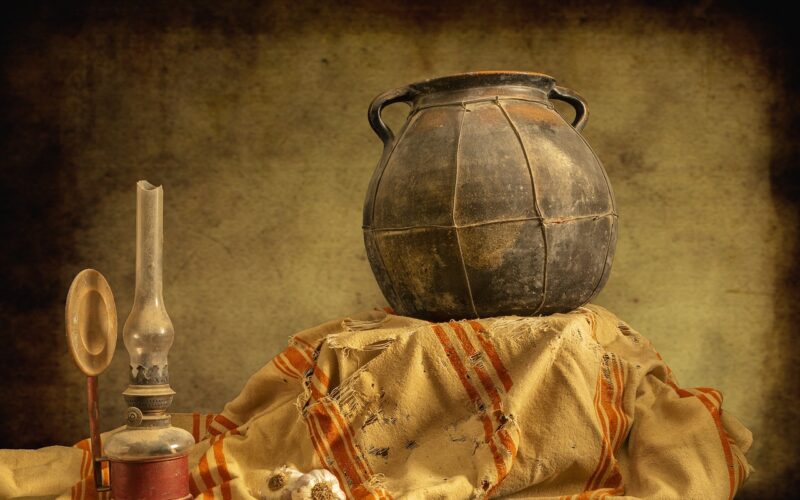Unveiling The Past Through Ceramics
Ceramic artefacts have long fascinated archaeologists and historians, offering a unique window into the lives and cultures of ancient civilisations. From the humble clay pot to the intricately decorated vase, these remnants of the past reveal much about the daily habits, social structures, and artistic expressions of their creators. The study of historical ceramics helps us understand not only the functional aspects of pottery but also the symbolic meanings embedded in their designs.
The significance of ceramic design
One of the most compelling aspects of ancient pottery is its decoration. Ceramic decals, for instance, offer vital clues about the technological advancements and aesthetic preferences of a given era. These decals, often created using carefully carved stamps or hand-painted motifs, can depict everything from geometric patterns to complex scenes involving humans and animals. The choice of subject matter and style can tell us a lot about the values and beliefs of the society that produced them.
Glass decals, another form of ornamentation, provide insights into the trade networks and material access of ancient peoples. The use of glass in ceramic decoration often required specific skills and resources, suggesting a level of sophistication in manufacturing processes. By examining glass decals, researchers can trace the diffusion of technological knowledge and the movement of goods across vast distances.
Daily life through pottery
Beyond their decorative appeal, ceramic pieces serve as practical records of daily life. Cooking pots, storage jars, and drinking vessels found at archaeological sites help us reconstruct the diets, culinary techniques, and domestic activities of past populations. The wear patterns and residue analysis on these items can even reveal specific foods and beverages consumed, adding another layer of depth to our understanding.
Additionally, the size, shape, and distribution of ceramic pieces within a site can indicate social hierarchies and community organisation. For example, luxury items like finely decorated vases might be found in elite residences or ceremonial contexts, while more utilitarian wares are scattered across common household areas. This spatial arrangement provides clues about the social stratification and economic systems of ancient communities.
Technological advancements in ceramics
The production of ceramics itself is a testament to human ingenuity and technological progress. Early potters experimented with various clay types, firing techniques, and kiln designs to create durable and aesthetically pleasing objects. Over time, advances in ceramic technology allowed for more intricate and refined products, reflecting the evolving capabilities of their makers.
For instance, the development of high-temperature kilns enabled the production of stoneware and porcelain, which are stronger and less porous than earlier earthenware. These advancements not only improved the functionality of ceramic items but also allowed for greater artistic expression through more complex shapes and glazes.
Cultural exchange and influence
The study of historical ceramics also sheds light on the cultural interactions between different societies. Trade routes facilitated the exchange of pottery styles and techniques, leading to the spread of ideas and innovations. For example, the influence of Chinese porcelain on European ceramics during the Renaissance period is well-documented, highlighting the impact of cross-cultural encounters on artistic development.
Ceramic pieces can thus serve as tangible evidence of historical connections and exchanges. By analysing the stylistic features and construction methods of pottery from different regions, researchers can map out the networks of interaction that shaped the development of ancient civilisations.
The enduring legacy of ceramics
Historical ceramics continue to captivate modern audiences, not only for their beauty but also for the rich stories they encapsulate. Museums and collections around the world showcase these artefacts, allowing us to appreciate the craftsmanship and creativity of our ancestors. Through ongoing research and technological advancements, we are constantly uncovering new information about the past, deepening our connection to the history of human civilisation.
The study of historical ceramics offers invaluable insights into the lives, cultures, and technological achievements of ancient peoples. From the practical uses of pottery to the intricate designs of ceramic transfers and glass transfers, these artefacts serve as enduring records of our shared heritage. Whether through academic research or public exhibitions, the exploration of historical ceramics enriches our understanding of the past and inspires a greater appreciation for the artistry and innovation of those who came before us.






